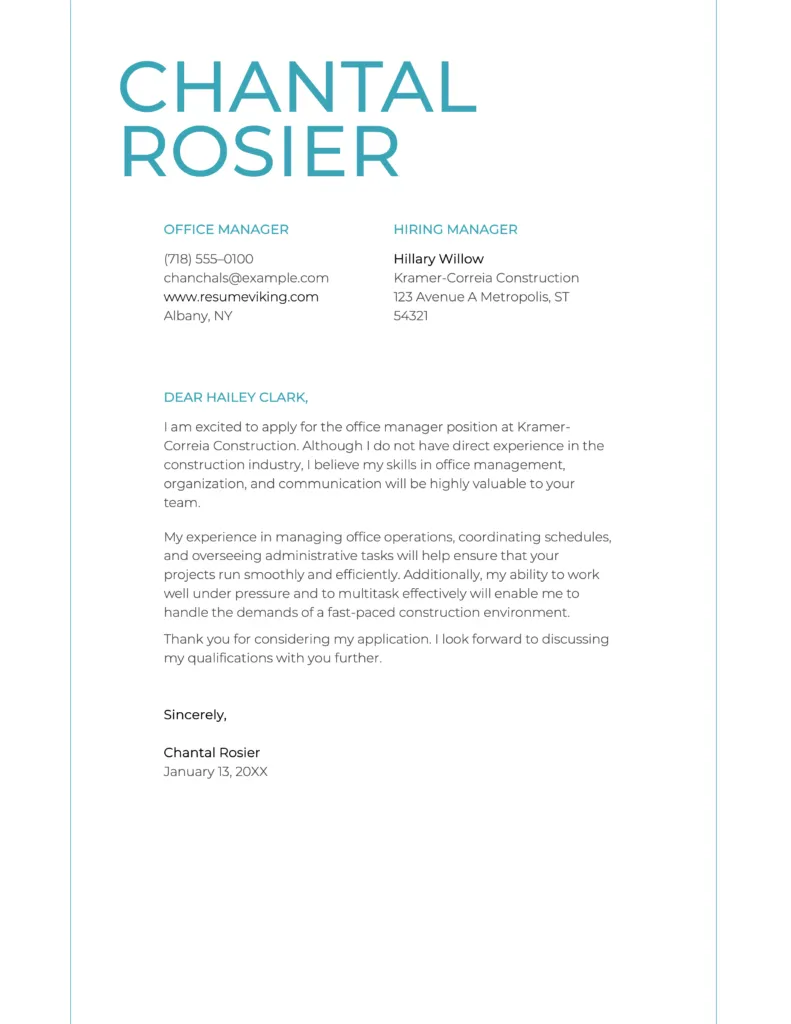What is a Printable Cover Letter
A printable cover letter is a professionally designed document that you prepare, format, and print to include with your resume when applying for a job. Unlike digital cover letters, often sent via email or submitted through online portals, a printable cover letter is specifically designed to be physically printed on paper and either delivered in person or mailed. The primary purpose of a cover letter is to introduce yourself to a potential employer, highlight your most relevant qualifications, and explicitly express your interest in a specific job opportunity. Employing a printable cover letter template ensures your application materials have a polished and professional presentation, which is crucial for making a strong first impression and differentiating yourself from other candidates.
Benefits of Using a Printable Cover Letter
Utilizing a printable cover letter provides several key benefits. Firstly, it allows you to present your application materials in a tangible and professional format, which can be particularly advantageous for positions where a physical presence or meticulous attention to detail is highly valued. A well-crafted printable cover letter, correctly formatted and printed on high-quality paper, demonstrates a commitment to professionalism, which can significantly set you apart from other applicants. Secondly, a printable cover letter allows you to showcase your personality and writing skills beyond the confines of a digital format. The ability to select the paper, choose the font, and control the overall design provides you with a unique opportunity to tailor your application to the specific job and company, reflecting your individual brand and professional style.
How to Choose the Right Template
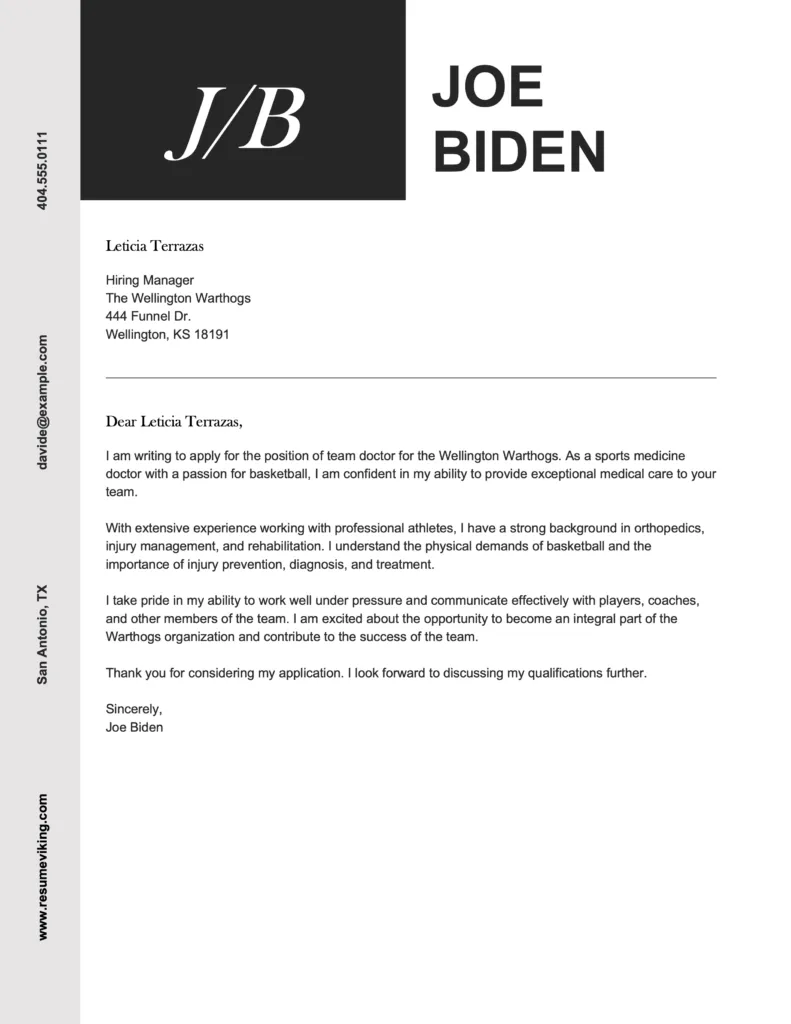
Selecting the right printable cover letter template is a crucial first step in making a positive impression on a potential employer. Several key factors should inform your decision, including the industry standards and your own personal professional brand. Look for templates that are easily customizable with your personal information and that align well with your overall professional image. A well-designed template will enhance the visual appeal and readability of your cover letter, ensuring it presents a polished and professional look. It should incorporate clearly defined sections for your contact information, the date, the details of the hiring manager or recruiter, a personalized greeting, and, of course, the body paragraphs where you will highlight your qualifications. Avoid templates that are overly cluttered or that utilize fonts which are difficult to read, as these elements can inadvertently detract from your message and potentially create a negative first impression.
Consider Your Industry
The specific industry you are targeting plays a significant role in determining the most suitable printable cover letter template. For instance, industries such as finance, law, or academia often benefit from using templates that are more formal and traditional in their design. These templates will typically incorporate classic fonts like Times New Roman or Arial, along with a straightforward layout and a generally clean aesthetic. On the other hand, creative fields, such as marketing, design, or media, often allow for more contemporary and visually appealing templates, which may integrate unique fonts and innovative design elements, providing the flexibility to showcase your creativity. Tailoring your chosen template to align with the expectations and established standards of your specific industry will demonstrate your understanding of professional norms and further enhance your credibility with potential employers. Always research the common practices and design aesthetics within your industry to ensure your cover letter reflects professional standards.
Think About Design
The overall design of your printable cover letter should reflect your individual brand and the specific role for which you are applying. If you have a strong personal brand or are applying for a role within a creative industry, you might consider using a template that incorporates subtle design elements, such as a well-placed header or a visually appealing footer. However, it is essential to avoid overdoing it. Your cover letter should, first and foremost, be easy to read and project a professional image, so it is best to avoid templates that feature excessive colors, distracting graphics, or overly complex layouts, as these elements can unintentionally distract from your key message. The primary objective is to create a visually appealing document that effectively highlights your qualifications and demonstrates your attention to detail. Choose a template that will successfully strike the right balance between creative expression and the expected level of professionalism, helping to ensure that your cover letter makes a positive and memorable impact on the recipient.
Selecting the Best Format
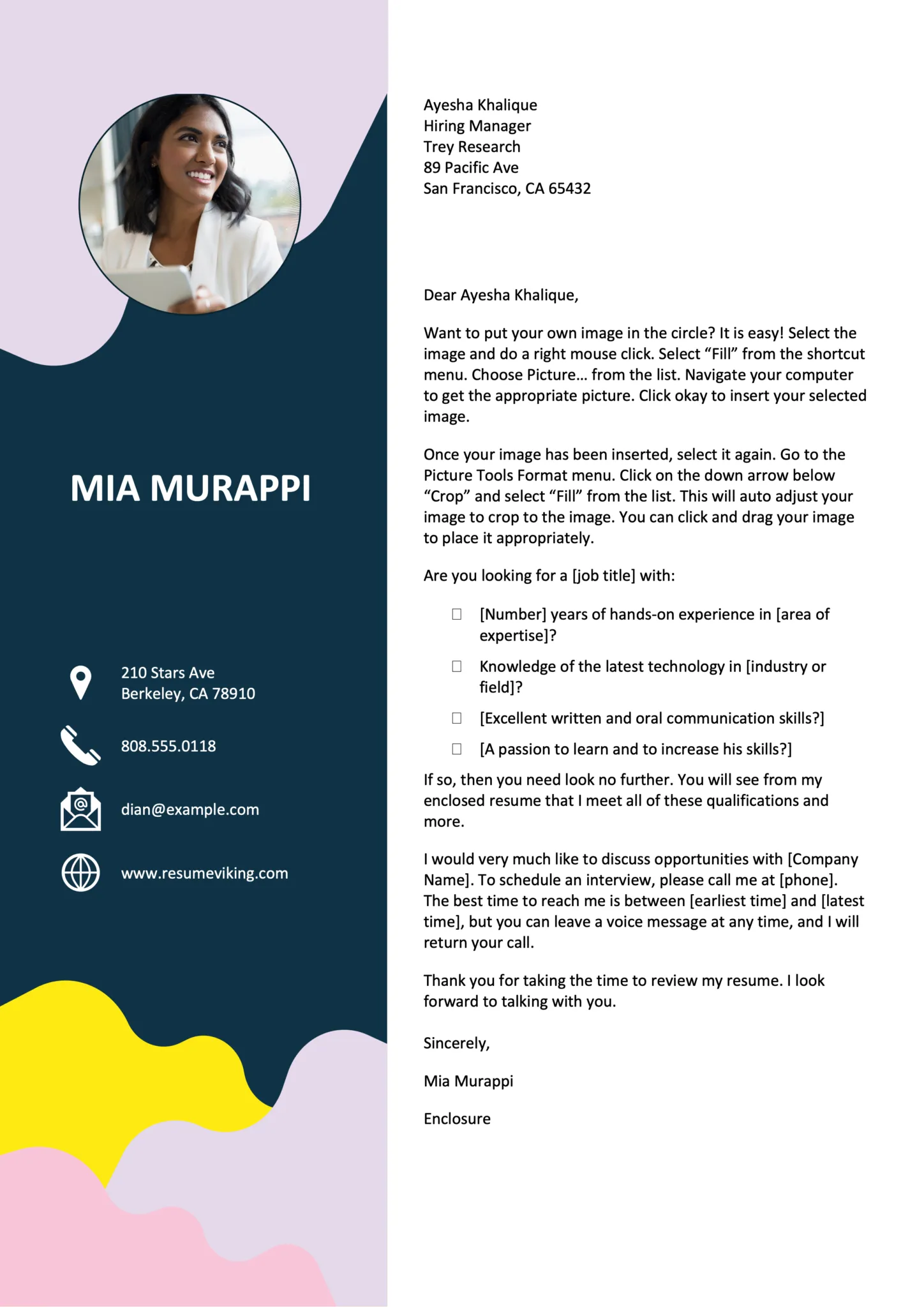
Choosing the correct file format is essential for presenting your cover letter in the most professional and effective manner possible. While several options exist, the two most prevalent formats are PDF (Portable Document Format) and Word documents. While both formats do indeed possess their own distinct advantages, PDF is generally the most preferred choice for printable cover letters. This preference stems primarily from its ability to reliably preserve your original formatting, irrespective of the device or operating system on which it is viewed or printed. When making your format decision, consider how the document will appear on different computers and printers, as the central objective is to ensure that your carefully designed layout and all the critical formatting elements are perfectly maintained when the cover letter is printed. This consistency is key to helping you to maintain a professional appearance and making a strong, positive initial impression on the reader.
PDF vs. Word
Word documents provide significant flexibility in terms of editing and formatting. They are easily modified and are often a practical choice if you anticipate that the recipient may need to make any edits or add comments to your cover letter. However, it is important to be aware that the formatting of a Word document can, at times, be subject to a degree of inconsistency, depending on the specific version of Word being used, the particular operating system, and even the printer’s settings. PDFs, on the other hand, are specifically designed to preserve your original formatting. They are guaranteed to look exactly the same, irrespective of the device on which they are viewed, which therefore makes them a highly reliable choice for printable cover letters. In cases where the recipient intends to print the cover letter, a PDF file ensures that it will appear precisely as you designed it, which is critically important. This consistency in presentation is essential for maintaining a professional look and feel, reflecting your high attention to detail.
Why PDF is Generally Better
PDF is generally considered the superior choice for printable cover letters because of its unmatched reliability in preserving your intended formatting. When you save your cover letter as a PDF, the layout, the fonts, and any included images are all locked in place, ensuring that they will appear exactly as you designed them on any device or printer, consistently every single time. This consistency is particularly crucial if you are looking to project a professional presentation. Unlike Word documents, PDFs largely mitigate the risks of any formatting inconsistencies, which may arise when using a Word document across different platforms. PDFs offer another significant advantage, namely that they can be easily printed without encountering any compatibility issues. They are universally compatible across a vast array of operating systems and printer models, thereby guaranteeing that the recipient can easily view and print your cover letter without needing to install any special software or drivers, making them a dependable and highly professional choice.
Key Components of a Printable Cover Letter
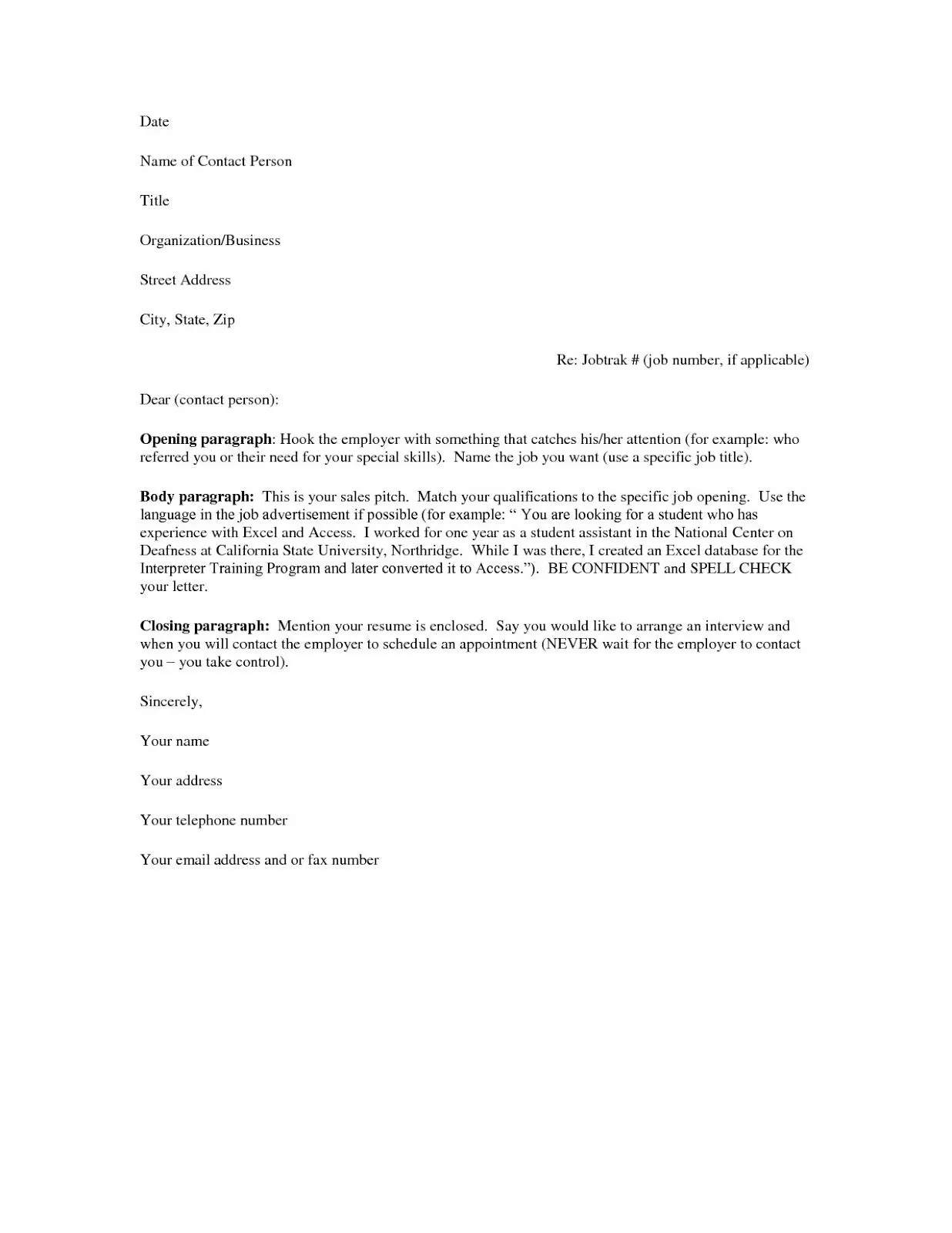
A well-structured and effective printable cover letter must include several key components that collectively work to create a strong and positive first impression. It is crucial to begin with a clear, concise header that provides all of your essential contact information, immediately followed by the date and the specific details of the recipient. The main body of the cover letter should commence with a compelling greeting, directly followed by a series of well-crafted paragraphs that effectively highlight your relevant skills, your professional experiences, and your key accomplishments. Always conclude your cover letter with a sincere thank-you note, a formal closing, and a clear, actionable call to action, which should specifically invite the hiring manager to contact you for an interview. Each of these individual components plays an integral role in showcasing your qualifications and ensuring you make a lasting, positive impression on a potential employer.
Header Details
The header of your printable cover letter is essential because it provides the recipient with your complete contact information. This information should include your full name, your current phone number, your primary email address, and optionally, a direct link to your LinkedIn profile or your personal website. It is absolutely essential to ensure that all of this information is accurate and completely up-to-date. Place your header at the very top of the document, aligning it either to the left or right, depending on the specific design of your chosen template. The header should be neat, well-organized, and easy to read, enabling the hiring manager or recruiter to quickly locate your contact details. This will greatly facilitate direct communication, making it simple for them to easily contact you regarding the next steps in the recruitment process.
Contact Information
Your contact information must be accurate and project a professional image at all times. Use a professional-sounding email address. Ensure you include a phone number where you can be easily reached. Your full name should be prominently displayed. Including a direct link to your LinkedIn profile is generally a very good idea, as it allows the hiring manager immediate access to your professional background and, of course, your professional network. It is also highly recommended that you consistently use the same contact information across all of your application materials, including both your resume and all other supporting documents. This consistent presentation streamlines the entire process for the hiring manager, making it easy for them to readily contact you at any point in the hiring process, which further demonstrates your commitment to professionalism.
Date
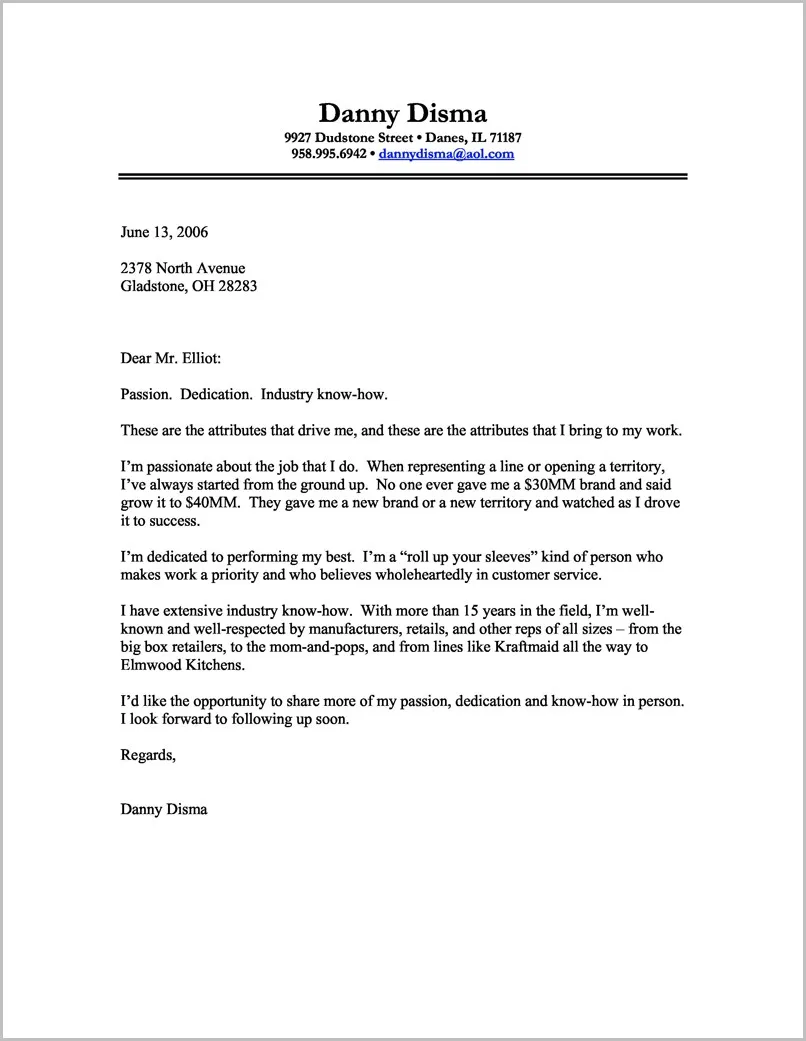
The date on your printable cover letter is primarily used to indicate when the document was created and formally submitted. It is typically positioned below your contact information or, depending on your chosen template, on the very same line. You should, as standard practice, use either the current date or the actual date you intend to send the application. The date is significant because it serves as a record of when your application was formally submitted. This can be very helpful to the hiring manager, as it provides a clear timeline of all the applications that have been submitted. Always make sure you are consistently adhering to a professional and standard date format. This demonstrates your attention to detail, and it helps the hiring team to quickly and accurately recognize exactly when you submitted your application.
Recipient’s Details
The recipient’s details should be positioned directly after the date. This section typically includes the full name of the hiring manager or recruiter, their job title, the name of the company, and the complete company address. Whenever it is possible, always address your cover letter to a specific individual within the company. This practice demonstrates that you have taken the time to thoroughly research the company, as well as the specific job opening, which invariably adds a personalized touch and shows that you are genuinely interested in the opportunity. If, however, you are unable to readily find the hiring manager’s name, then it is perfectly acceptable to use a more general salutation, such as “Dear Hiring Manager.” This section is crucial as it signifies your attention to detail and your sincere commitment to the overall application process. By demonstrating this level of preparation, you will be implicitly conveying a sense of professionalism and respect for the potential employer’s time.
Greeting
The greeting helps to set the initial tone of your cover letter. You should, as standard practice, utilize a formal salutation, such as “Dear Mr./Ms./Mx. [Last Name],” if you happen to know the specific hiring manager’s name. If, however, you are unsure of their name, you are certainly safe in using a professional, general greeting, such as “Dear Hiring Manager,” or some similar variation. You should also always avoid informal greetings, such as “To Whom It May Concern,” as these types of generic greetings can inadvertently make your application seem less personalized and far less carefully considered. By tailoring your greeting to the specific recipient, you are also setting the stage to engage the reader from the very beginning and creating a strong, positive first impression, which will undoubtedly encourage them to continue reading and learning more about your particular qualifications and background.
Body Paragraphs
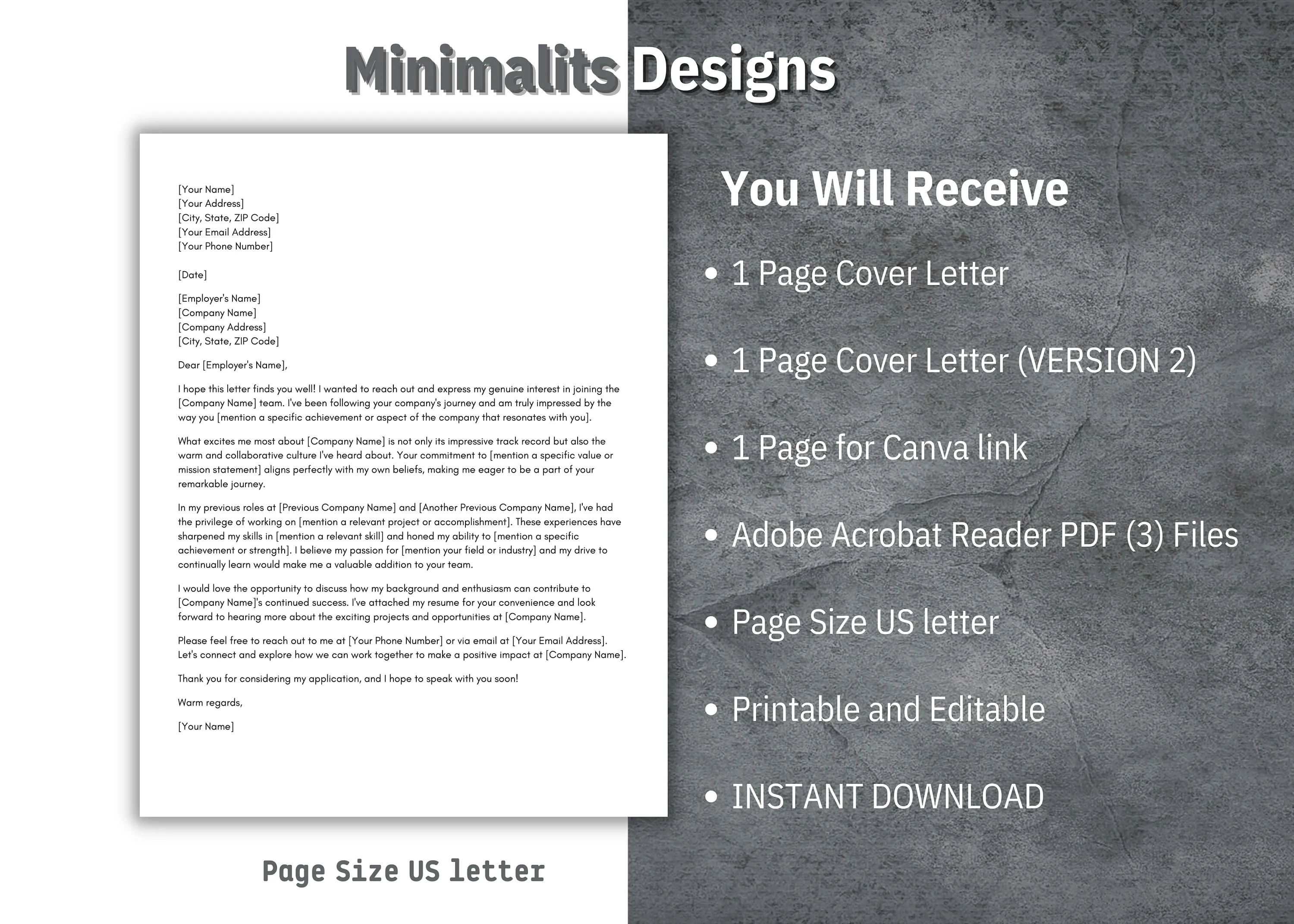
The body paragraphs of your cover letter represent the key area where you can effectively highlight your most relevant qualifications, your essential skills, and, of course, your genuine enthusiasm for the specific job opportunity. The main body section should be both concise and persuasive, providing a clear explanation of why you are the ideal candidate for the advertised position. The body paragraphs provide a valuable opportunity to create a clear connection between your past experiences and the specific requirements of the job, skillfully making a compelling case for your candidacy.
First Paragraph Hook
Your initial paragraph must immediately capture the reader’s attention and pique their interest. It is essential to begin with a clear and concise statement of your interest in the job, as well as how you came to learn about the specific opportunity. Consider mentioning something specific about the company, or the particular role itself, in order to demonstrate that you have a genuine interest in the position. Clearly state the precise position for which you are applying. Then, highlight your specific qualifications and express your eagerness to join the team. The primary objective here is to encourage the hiring manager to delve deeper into your qualifications and experience.
Highlighting Skills
In the subsequent paragraphs, it is essential to highlight your key skills and effectively demonstrate how they directly relate to the specific job requirements. Begin by carefully reviewing the job description, identifying the most critical skills and competencies that the employer or recruiter is specifically seeking. Then, tailor your examples to show how your particular skills strongly align with the job’s requirements. Provide clear, concise, and specific examples of how you have successfully applied these skills in your past roles or projects. The effective use of strong action verbs, such as ‘managed,’ ‘developed,’ or ‘achieved,’ can help to bring your past experience to life. Also, consider incorporating bullet points or short, concise sentences to greatly improve overall readability and to make it easier for the hiring manager or recruiter to swiftly grasp the full scope of your qualifications. This is a great opportunity to emphatically prove you possess the specific skills and abilities needed to excel in the role.
Quantifiable Achievements
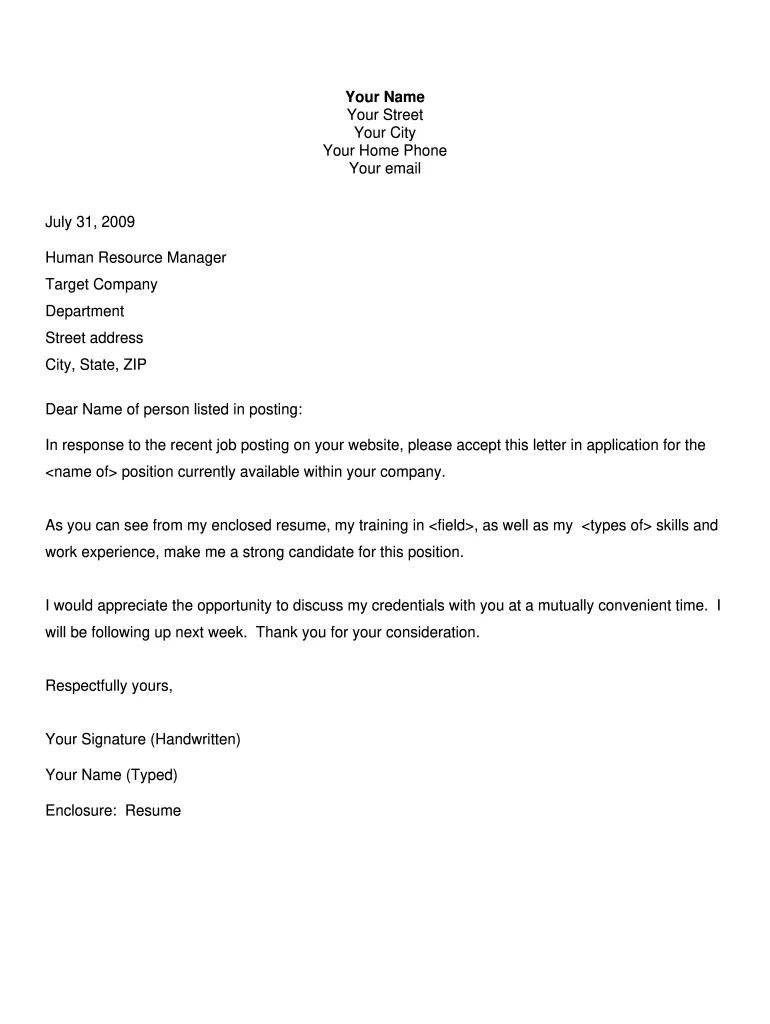
Quantifiable achievements are absolutely paramount, as they provide concrete and irrefutable proof of your abilities. When you are describing your accomplishments, it is essential to incorporate numbers and statistics to clearly demonstrate the specific impact that your contributions have had. For instance, instead of just writing, “Improved customer service,” write “Improved customer satisfaction scores by 20%.” Or, instead of stating, “Managed social media accounts,” write, “Increased social media engagement by 30% within a six-month period.” Utilizing numerical data adds objective evidence to your claims, making them much more persuasive and compelling. The more specific you can be in this regard, the more convincing your application will become. You should use numbers to show your skills.
Show Enthusiasm
You must show your genuine enthusiasm for the job and the company throughout your entire cover letter. You should clearly explain precisely why you are genuinely interested in the specific role and how your skills and prior professional experience make you a strong and obvious fit for the company’s unique culture. Demonstrate your genuine interest in the company’s mission, its values, and any recent projects or initiatives. This will clearly demonstrate to the hiring manager that you have, in fact, done your homework. It will also clearly convey your authentic enthusiasm for the opportunity. Make your enthusiasm visible and palpable throughout your writing. Be sure to show the reader precisely why you are the ideal candidate for the job by directly linking your personal career goals to the values and overall culture of the company.
Closing Your Printable Cover Letter
The closing section of your cover letter provides the final opportunity to make a strong impression and to proactively encourage the hiring manager or recruiter to take that all-important next step in the hiring process. This closing section should include a concise thank-you note, a formal closing, and a clear and actionable call to action. A well-crafted closing will effectively reinforce your sincere interest in the position while facilitating the hiring manager’s or recruiter’s ability to readily contact you. The closing is indeed just as important as the introduction. It can significantly increase your chances of ultimately securing an interview, a crucial part of the process. You must pay close attention to all the details, because this will be the last thing the hiring manager or recruiter will read.
Thank You Note
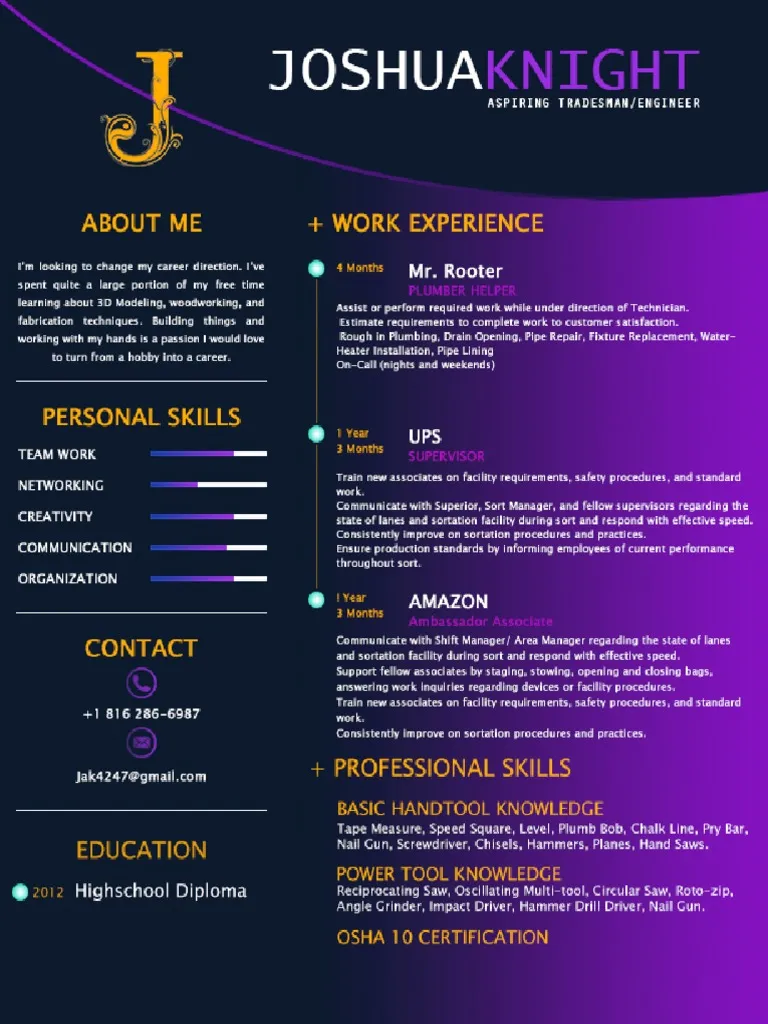
In your thank-you note, you must express your genuine gratitude for the hiring manager’s or recruiter’s time and careful consideration of your qualifications. Keep your expression of thanks both concise and to the point. Be sure to thank them for reviewing your application and for considering you for the role. This gesture, while simple, is also highly effective in showcasing your respect and courtesy to the hiring team. This also helps to further foster a positive, professional impression. The thank-you note will also serve to re-emphasize your strong interest in the role and the organization as a whole. Thank-you notes are an excellent and appropriate way to express your sincere appreciation. They will also help you to ensure that your application concludes on a positive note, and this can ultimately help you to establish a good rapport with the hiring manager, even before you have your first interview.
Formal Closing
You should use a formal closing to conclude your cover letter. Acceptable and appropriate options include “Sincerely,” “Best regards,” or “Yours sincerely.” Choose a closing that will align with the standards of your specific industry and with the overall tone that you have established throughout your cover letter. Be sure that your chosen closing accurately maintains the consistently professional tone that has been evident throughout the entirety of your letter. The formal closing signals the deliberate end of your document and contributes to providing your cover letter with a refined and polished appearance.
Call to Action
Include a clear and actionable call to action that encourages the hiring manager or recruiter to take the next step in the hiring process. Make it clear that you are truly hoping for an interview. Make it simple for them to reach out to you. Clearly indicate your availability for an interview. Be sure to clearly and enthusiastically reiterate your interest in the position. Make the next steps easy to take for the hiring manager, which will make them more likely to call you in for an interview.
Formatting and Design Tips
The overall formatting and design of your printable cover letter will significantly impact its overall effectiveness. Paying careful attention to these details will greatly help you to showcase your professionalism. The right formatting will also help to ensure that your letter is very easy to read, while the design elements will create a polished and, most importantly, professional appearance. Correct formatting and design are both vital to ensuring that your application is readily clear and easy to read, while also helping you to stand out from the competition.
Font Selection
Selecting the appropriate font is absolutely essential to maximize both readability and professionalism. Choose a font that is easy to read and is also widely available, meaning that it will display correctly on all devices. Some of the most commonly used and highly recommended professional fonts include Times New Roman, Arial, Calibri, and Helvetica, as these fonts are universally recognized as both professional and dependable. You should always avoid fonts that are overly decorative or unusual, as these can often prove to be distracting and negatively impact the overall professional appearance of your cover letter. It is a good idea to use a font size that is between 10 and 12 points for the body text to ensure optimal readability. You should also be absolutely certain that the font you choose will remain perfectly consistent throughout your entire document. The proper font choices will greatly enhance readability and make your letter appear more approachable and visually appealing to the reader.
Margins and Spacing
Appropriate margins and spacing are critically important for achieving a clean and professional overall look and feel. Make sure that your margins are set to one inch on all sides of the document. Then, you should utilize single spacing for the body of your cover letter and, finally, double spacing between each paragraph. This particular spacing structure will help to make your letter both very easy to read and also provide ample white space. The effective use of white space will significantly boost readability. It will also help to contribute to a more organized and visually pleasing layout for your entire document. Consistent use of these margins and spacing guidelines throughout the entire letter will ensure that your document is both accessible and aesthetically pleasing to the reader, while also serving to showcase your attention to detail.
Proofreading and Editing
Rigorous proofreading and editing are absolutely indispensable steps in preparing a successful printable cover letter. Any errors in grammar, spelling, or punctuation can inadvertently undermine your credibility. Such errors can also create the impression that you may lack a strong attention to detail, or that you have neglected to proofread your work. You must meticulously review your cover letter multiple times, and carefully check for any errors, including, but certainly not limited to, grammar, punctuation, spelling, and any inconsistencies in your presentation. It is also highly recommended that you have a second, impartial individual proofread your cover letter. This second pair of eyes is often capable of identifying those mistakes that you might have, unfortunately, missed. Always verify that all of your contact information and the recipient’s details are 100% accurate, as even the smallest of errors can create a negative impression, potentially hurting your chances of success.
Common Mistakes to Avoid
Avoiding common mistakes is crucial to creating a strong, positive, and lasting first impression. Errors and other mistakes will inevitably decrease your chances of obtaining a job, so you must take proactive steps to avoid these common pitfalls. Careful attention to detail and preparation will help you to make a far more compelling case for your candidacy. Ignoring these common mistakes can greatly damage your application.
Grammar and Spelling Errors
Grammar and spelling errors are major red flags to any potential employer. They can signal a lack of attention to detail, and they also diminish your overall perceived level of professionalism. You should always proofread your cover letter with extreme care and diligence. Check for common mistakes. Utilize both spell-check and grammar-check tools. Always review your document several times, and also, have at least one other person carefully proofread it for you to catch any mistakes that you might have inadvertently missed. The more often you carefully review the document, the greater the chance that you will catch any errors. Unfortunately, any small errors can lead to a negative first impression, lowering your chances of obtaining the job. Errors in grammar and spelling will assuredly make you appear less professional.
Generic Cover Letters
Submitting a generic cover letter that is not customized to the specific job or company is a very common mistake that job seekers make. Generic letters, unfortunately, will not impress potential employers. This can be a sign that you have a lack of sincere interest in the particular role or the specific company’s culture. Always tailor your cover letter to each individual job. Invest the time in researching the company and carefully reviewing the job description. Then, carefully customize the content of your cover letter to clearly demonstrate how your unique skills and experiences will align with the specific requirements of the advertised position. You should make the employer fully aware of your genuine interest in their organization, and, in the process, you should also demonstrate your knowledge of their specific needs. Tailoring your cover letter to a particular job is absolutely vital in demonstrating that you are genuinely interested in the opportunity, and that you have taken the time to do your homework.
Lack of Personalization
A cover letter that lacks a sense of personalization will often fail to connect with the hiring manager. Therefore, you should always, if at all possible, address the cover letter to a specific individual. If you cannot easily find the name of a specific contact person, then it is perfectly acceptable to use a general salutation, such as “Dear Hiring Manager.” Then, you must highlight the specific experiences and skills that are most relevant to the job you are applying for, and you must also carefully explain your reasons for expressing your interest in the company. Make use of the job description as a guide. Then, you should meticulously customize your cover letter to directly align with the specific needs and requirements of the job. The primary goal here is to make your letter unique to each specific role, which will, in turn, help demonstrate that you are genuinely interested in the opportunity, and that you are a good fit for the company’s needs.
Where to Find Printable Cover Letter Templates
There are several resources available for finding a wide range of printable cover letter templates. Understanding where to find these templates—whether you are looking for free or paid options—will help you to simplify your application process and save you valuable time. There are many websites that provide a vast selection of readily customizable templates that you can readily tailor to your individual requirements. Selecting the appropriate template is a crucial step in accurately conveying your professional image and showcasing your specific qualifications. Numerous resources are available for cover letter templates, so it is important to choose a template that strongly aligns with your professional image, allowing you to present yourself in the best possible way.
Free Template Resources
Numerous websites offer a wide array of free printable cover letter templates. These free templates are particularly useful for individuals who wish to create a high-quality, professional-looking cover letter without incurring any financial costs. Many websites host comprehensive collections of templates, providing users with easy-to-download and fully customizable options designed to meet a variety of individual needs. Common free template resources include online job boards and employment-related websites, which are valuable sources of support for job seekers. The vast majority of these templates are available in common and accessible formats, such as Word or PDF, which will greatly facilitate the process of editing and printing. You can find countless free, customizable cover letter templates readily available online, offering a cost-effective means to begin your job search.
Paid Template Options
Paid template options frequently offer a more refined, professional look, and they will often provide more advanced features and more extensive customization options. These paid templates often offer a wide range of design choices, enabling a more polished and professional presentation. The paid templates may also include additional support resources, such as detailed user guides and direct access to customer support. Many professional resume services and career counseling firms offer cover letter templates as part of their comprehensive service packages. These paid options are specifically designed to help you stand out from the competition, ultimately saving you time while delivering a more customized and professional approach.
Printing and Submitting Your Cover Letter
Once you have meticulously crafted your cover letter, the next vital step is to print it and submit it to a potential employer. The manner in which you choose to print and then submit your cover letter can significantly influence your overall presentation and, in turn, will greatly affect the impression that you make. Therefore, you must carefully choose the appropriate paper and thoughtfully consider all the different methods for electronic submission. Taking the time to ensure that you print and submit your cover letter correctly will clearly show your strong attention to detail. It will also help you to present yourself in the most professional way possible. This is crucial to making a strong, positive first impression.
Choosing the Right Paper
The quality of the paper you choose to use will have a significant impact on the overall visual appearance and professional feel of your printable cover letter. You should always select high-quality paper stock, choosing a weight between 24 and 32 pounds. Paper with a slightly heavier weight tends to feel more substantial and professional. It is extremely important to ensure that the paper you choose is either bright white or off-white. You should, without a doubt, avoid using any type of colored paper. You may also want to carefully consider the texture of the paper you select. A subtle texture can help your cover letter feel even more premium, demonstrating your meticulous attention to detail. High-quality paper can truly enhance the overall impact of your letter.
Submitting Electronically
When submitting your cover letter electronically, you should always save it as a PDF file in order to accurately preserve the formatting. Before you send your application, take a moment to carefully double-check and confirm that all of your intended formatting and design elements have been correctly preserved. Name your file clearly and concisely, making sure that you include your full name and the specific job title, which will help the hiring manager or recruiter to track your application. You should also verify that the file size adheres to any specific size limits that have been explicitly stated by the application system. If the job application has expressly requested both a cover letter and a resume, be sure to attach both documents. You should also always verify that all the required attachments have been included, and that they have all been correctly uploaded. Always make absolutely certain that every single part of your application appears professional, and is entirely free of any errors, which is always a good idea.
In conclusion, a well-crafted printable cover letter is a very valuable tool that is absolutely essential to making a strong first impression on any potential employer. By carefully following these key guidelines, including selecting the appropriate template, making sure you have proper formatting, and carefully proofreading your final draft, you will undoubtedly increase your overall chances of success. A well-written cover letter effectively highlights your most important skills, as well as expressing your sincere enthusiasm for the opportunity. It is also a key element in setting you apart from the competition. A well-executed cover letter is indeed a highly important element of any job search. By crafting a perfect cover letter, you will be taking a powerful step forward toward both a successful job search, and a rewarding career.
